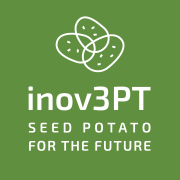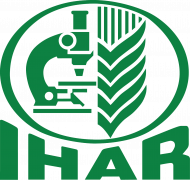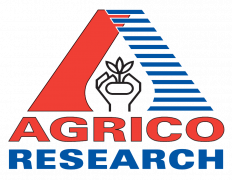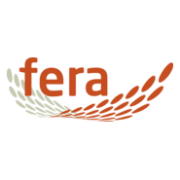Abstract
The reinvention of potato, from a tetraploid clonal crop into a diploid seed-based hybrid crop, requires insight in the mutational load, recombination landscape, and the genetic basis of fertility. Genomics-based breeding and QTL discovery rely on efficient genotyping strategies such as skim sequencing, to gather genotypic information. The application of skim sequencing to full-sib population of non-inbred parents remains challenging. Here, we report on an R implementation of the OutcrossSeq pipeline for diploids. We applied this pipeline to a large diploid skim sequenced potato population. We used the resulting bin-markers for the construction of high-density parent specific linkage maps, highlighting variation in parental recombination rate and structural variations. We subsequently explored transmission ratio distortion and non-independent assortment of alleles, indicative of large-effect deleterious mutations. Finally, we identified QTLs for seedling tuber yield in pots and pollen shed. This study showcases the range of genetic analyses, from marker inference, identification of transmission ratio distortion, and linkage map construction to QTL mapping, resulting in new insights that contribute to breeding diploid potato.














